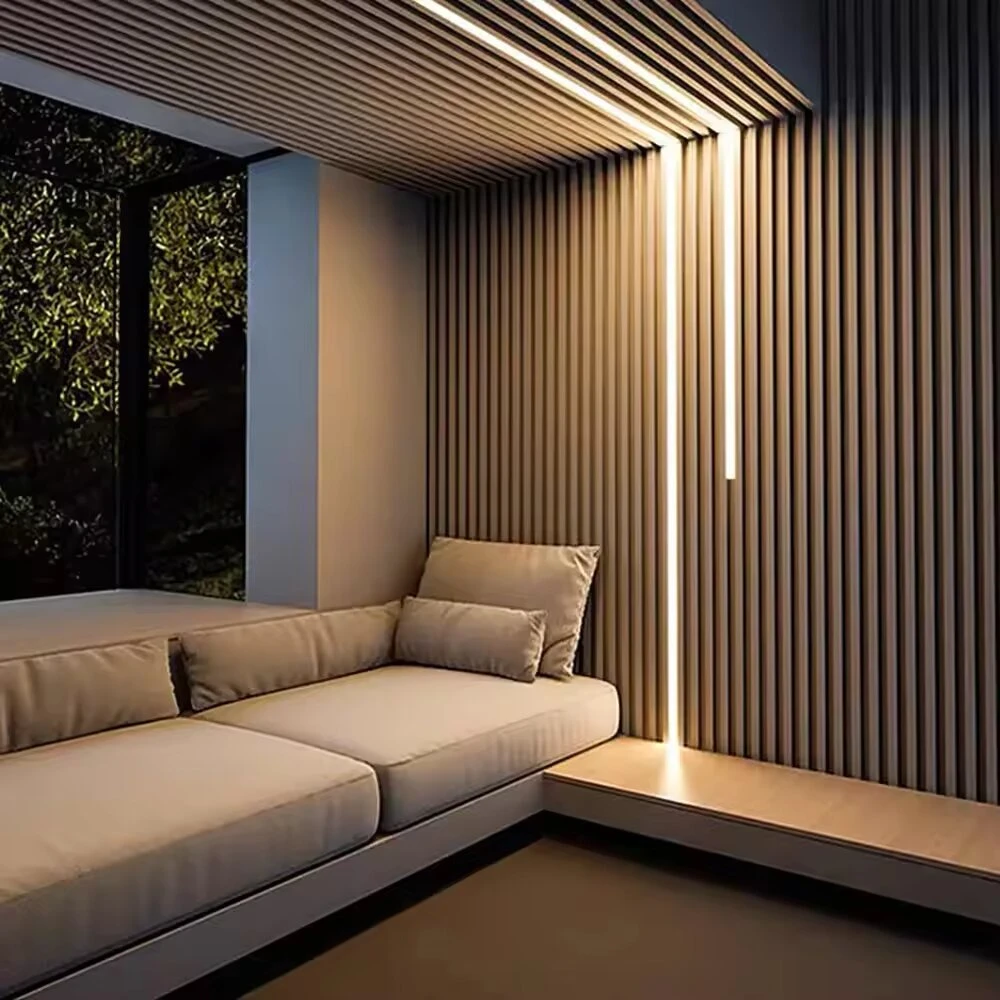The Role of Wooden Acoustic Panels in Modern Interior Design
In recent years, there has been a growing interest in creating spaces that are not only aesthetically pleasing but also acoustically optimized. One effective solution that combines style with sound management is the use of wooden acoustic panels. These panels serve a dual purpose they enhance the visual appeal of interiors while mitigating unwanted noise.
Aesthetic Appeal
Wooden acoustic panels are an excellent choice for interior designers and homeowners looking to introduce natural elements into their spaces. The warm tones and textures of wood add depth and character to any room. Available in various finishes, designs, and sizes, these panels can seamlessly fit into diverse décor styles—from rustic and contemporary to minimalistic and industrial.
Moreover, the versatility of wood allows for creative expressions. Designers can choose from a range of species, such as oak, maple, walnut, or bamboo, each bringing its own unique aesthetic and acoustic properties. Customization options enable panels to be tailored to specific color schemes and design themes, making them an integral part of the room’s overall look.
Acoustic Benefits
Beyond their visual appeal, wooden acoustic panels significantly enhance sound quality in indoor environments. Sound waves bounce off hard surfaces like walls, floors, and ceilings, creating echoes and noise build-up that can distract or disrupt. Acoustic panels absorb sound energy, thereby reducing reverberation and improving the overall acoustic experience of the space.
These panels are particularly advantageous in environments where sound clarity is essential, such as recording studios, home theaters, and conference rooms. By absorbing mid to high-frequency sounds, wooden acoustic panels help create a balanced sound environment that enhances speech intelligibility and music clarity.
wooden acoustic panel

Eco-Friendliness
In an era where sustainability is more crucial than ever, the use of wooden acoustic panels aligns well with environmentally conscious design practices. Many manufacturers source wood from sustainable forests and use eco-friendly finishes. Choosing wooden panels not only contributes to effective sound management but also promotes a healthier indoor environment free from harmful VOCs (volatile organic compounds) commonly found in synthetic materials.
Installation and Versatility
Installing wooden acoustic panels is a relatively straightforward process, making them a practical choice for both new builds and renovations. They can be mounted directly on walls or ceilings, or suspended as part of a modular system. Their lightweight construction allows for easy handling and installation, often requiring minimal tools.
These panels can also be used in various applications, from commercial settings, like offices and restaurants, to residential spaces, such as living rooms and bedrooms. Designers often use them as feature walls, privacy dividers, or even as part of furniture designs, such as headboards or room dividers, enhancing functionality without sacrificing style.
Conclusion
As we continue to prioritize comfort and aesthetics in our living and working environments, wooden acoustic panels stand out as a smart choice. They bridge the gap between design and functionality, providing a solution that caters to both the visual and acoustic needs of a space. Whether you're renovating your home or designing a new office, incorporating wooden acoustic panels can lead to a more harmonious and enjoyable environment. Embracing this trend not only enriches the atmosphere of any room but also reflects a commitment to quality and sustainability in design.
